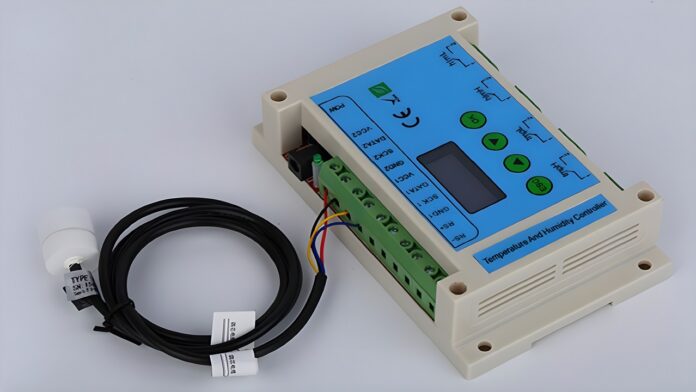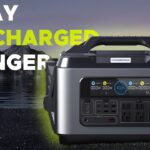In today’s rapidly evolving technological landscape, ensuring critical infrastructure’s smooth and uninterrupted operation is paramount. From agricultural greenhouses to communication rooms, laboratories, and data centers, maintaining optimal temperature and humidity levels is not just a matter of convenience but a fundamental requirement. It is where temperature and humidity controller step in as essential tools for safeguarding these vital systems.
The Role of Temperature and Humidity Controllers
Temperature and humidity controllers play a pivotal role in maintaining the delicate balance required by various environments. These controllers are instrumental in cultivating healthy and robust crops in agricultural greenhouses. The daily fluctuations in temperature and humidity, influenced by external factors such as weather, ventilation, and warming, can significantly impact crop growth. The ability to precisely control these parameters ensures optimal conditions for plant development, leading to higher yields and better quality produce.
Beyond agriculture, temperature and humidity controllers find their place in critical infrastructure settings like communication rooms and data centers. These controlled environments house sensitive electronic equipment highly susceptible to temperature and humidity variations. Fluctuations outside acceptable ranges can lead to equipment malfunctions, data loss, and even system failures. Organizations can mitigate these risks by implementing temperature and humidity controllers, enhancing equipment reliability, and extending their lifespan.
Remote Control and Monitoring
One of the most notable temperature and humidity technology advancements is integrating remote control and monitoring capabilities. This innovation has revolutionized how these systems are managed. Connecting controllers to a central host or network enables administrators to oversee and adjust conditions from a distance. It is particularly valuable for large-scale operations or facilities that are geographically dispersed.
Remote monitoring offers a range of benefits, including improved operational efficiency and reduced reliance on human resources. Personnel can make real-time adjustments based on data insights, ensuring prompt responses to deviations from optimal conditions. Furthermore, remote control capabilities empower organizations to implement energy-saving measures, such as adjusting temperature and humidity during off-peak hours, thereby reducing utility costs and environmental impact.
Real-time Data for Informed Decisions
In the realm of critical infrastructure, data is king. Temperature and humidity controllers provide a continuous stream of real-time data, offering valuable insights into environmental conditions. This data can be harnessed to make informed decisions, optimize resource allocation, and predict potential issues before they escalate.
For instance, real-time temperature and humidity data in a data center can help operators identify areas prone to overheating and take proactive measures to prevent equipment damage. This data can aid in fine-tuning irrigation and ventilation systems in agriculture, resulting in water and energy savings.
Versatile Applications
Temperature and humidity controllers have found applications beyond traditional fields. Their versatility makes them indispensable in various sectors, including laboratories, libraries, offices, and beyond. In laboratories, precise environmental control is vital for experiments and research. Libraries and archives rely on controlled conditions to preserve delicate manuscripts and artifacts. Maintaining a comfortable working environment in office spaces can enhance employee productivity and well-being.
Conclusion
In an increasingly interconnected and technology-driven world, the importance of temperature and humidity controllers cannot be overstated. These unassuming devices play a crucial role in safeguarding critical infrastructure by ensuring optimal conditions, enhancing operational efficiency, and prolonging the lifespan of valuable equipment. With the integration of remote monitoring and real-time data insights, organizations can stay ahead of potential challenges and make data-driven decisions. As we continue to rely on intricate systems and delicate ecosystems, the role of temperature and humidity controllers remains a cornerstone of resilience and sustainability in various sectors.















